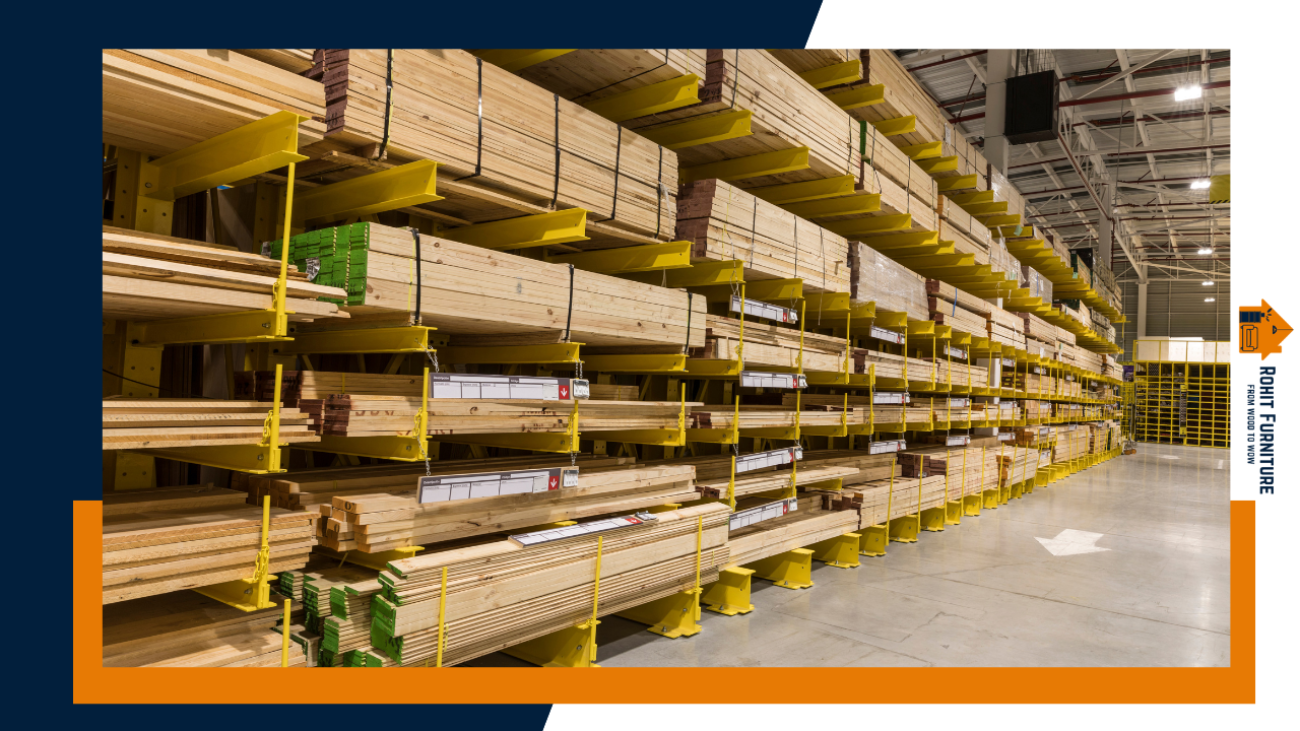When it comes to custom furniture, the materials you choose play a crucial role in determining the final product’s look, feel, and durability. With a wide array of options available, it’s essential to understand the different types of materials and their unique properties. This knowledge will help you make informed decisions and ensure that your custom furniture meets your specific needs and preferences
What Types of Materials Can Be Used for Furniture Fabrication?
The world of furniture fabrication offers a diverse palette of materials, each with its own distinct characteristics. Here are some of the most popular choices:
Wood: A classic and versatile option, wood brings warmth, beauty, and natural charm to any piece of furniture. From hardwoods like oak and maple to softwoods like pine and cedar, the possibilities are endless. Different wood species offer varying levels of durability, grain patterns, and colors, allowing for a wide range of design aesthetics.
Metal: Known for its strength and durability, metal is a popular choice for both structural and decorative elements in furniture fabrication. Steel, aluminum, and wrought iron are commonly used metals, each offering unique properties and visual appeal. Metal can be incorporated into furniture designs in various ways, from sleek and modern to rustic and industrial.
Glass: With its elegant and transparent nature, glass adds a touch of sophistication to furniture pieces. It can be used for tabletops, shelves, doors, and decorative accents. Glass is available in various forms, including clear, frosted, tinted, and textured, allowing for creative design possibilities.
Upholstery: Fabrics, leather, and other upholstery materials play a vital role in the comfort and aesthetics of furniture. These materials come in a vast array of colors, patterns, and textures, allowing for endless customization options. Upholstery can be used to add softness, visual interest, and a personal touch to any piece of furniture.
Other Materials: In addition to the materials mentioned above, custom furniture fabrication can also incorporate various other elements, such as stone, concrete, and recycled materials. These options offer unique textures, colors, and sustainability benefits, allowing for truly one-of-a-kind furniture pieces.
How to Select Materials for Custom Furniture
Choosing the right materials for your custom furniture involves considering several factors:
Style and Design: The overall style and design of your furniture should guide your material selection. For example, if you’re aiming for a rustic look, you might opt for reclaimed wood or wrought iron. For a modern aesthetic, you might choose sleek metal and glass.
Durability and Functionality: Consider the intended use of your furniture and the level of durability required. For high-traffic areas or furniture that will be used frequently, choose materials that are known for their strength and resistance to wear and tear.
Budget: The cost of materials can vary significantly. Set a budget beforehand and explore options that align with your financial considerations. Remember that investing in high-quality materials can often result in long-lasting furniture that offers better value in the long run.
Maintenance: Different materials require different levels of maintenance. Consider your lifestyle and willingness to care for your furniture. For example, wood may require regular polishing or sealing, while metal may need occasional cleaning to prevent rust.
Personal Preferences: Ultimately, the materials you choose should reflect your personal taste and style. Consider the colors, textures, and overall aesthetic that you want to achieve in your space.
Right Materials for Furniture Fabrication
When it comes to selecting the right materials for furniture fabrication, there’s no one-size-fits-all answer. The best choice depends on your specific needs, preferences, and budget. By carefully considering the factors mentioned above and exploring the various material options available, you can create custom furniture that not only meets your functional requirements but also enhances the beauty and comfort of your home.
Custom Furniture Materials and Their Benefits
Each material used in custom furniture fabrication offers unique benefits:
- Wood: Provides warmth, beauty, versatility, and can be easily customized.
- Metal: Offers strength, durability, and a sleek, modern aesthetic.
- Glass: Adds elegance, transparency, and can make a space feel more open.
- Upholstery: Provides comfort, softness, and endless customization options with colors, patterns, and textures.
- Other Materials: Offer unique textures, colors, and sustainability benefits.
Factors to Consider When Choosing Materials for Custom Furniture
- Style and Design: Ensure the materials align with your desired aesthetic.
- Durability and Functionality: Consider the intended use and required level of durability.
- Budget: Set a budget and explore options within your financial means.
- Maintenance: Choose materials that fit your lifestyle and willingness to care for them.
- Personal Preferences: Select materials that reflect your taste and style.
Furniture Material Options for Custom Fabrication
The possibilities for custom furniture fabrication are virtually endless. By understanding the different types of materials available and considering your specific needs and preferences, you can create furniture pieces that are not only beautiful and functional but also reflect your unique style and personality. Whether you’re looking for a statement piece for your living room or a cozy addition to your bedroom, the right materials can bring your vision to life.

